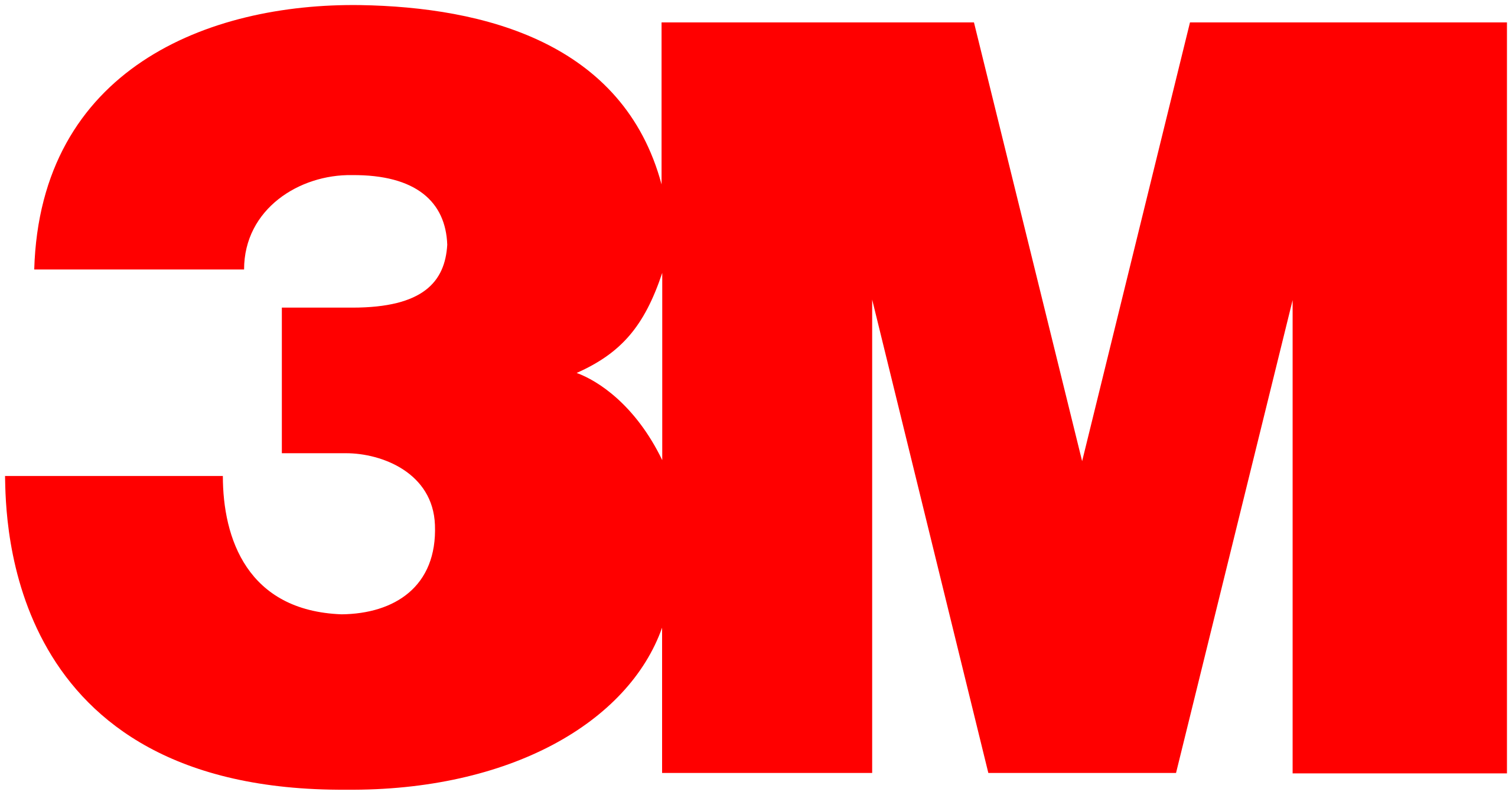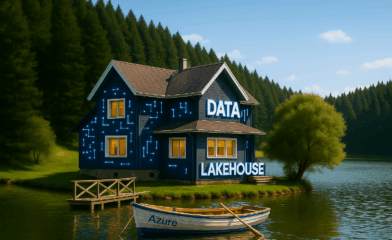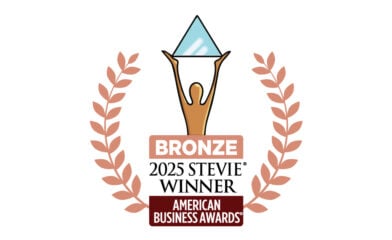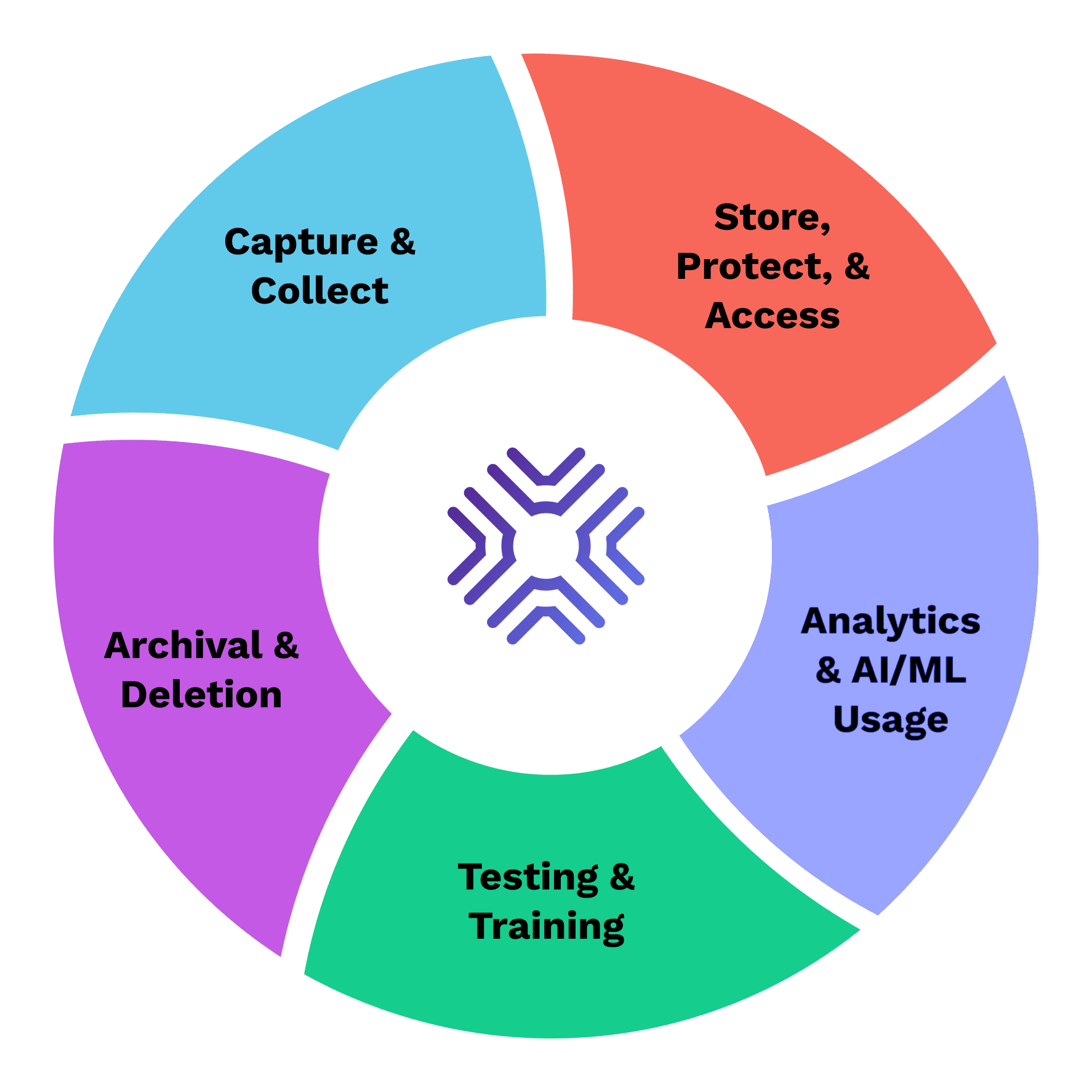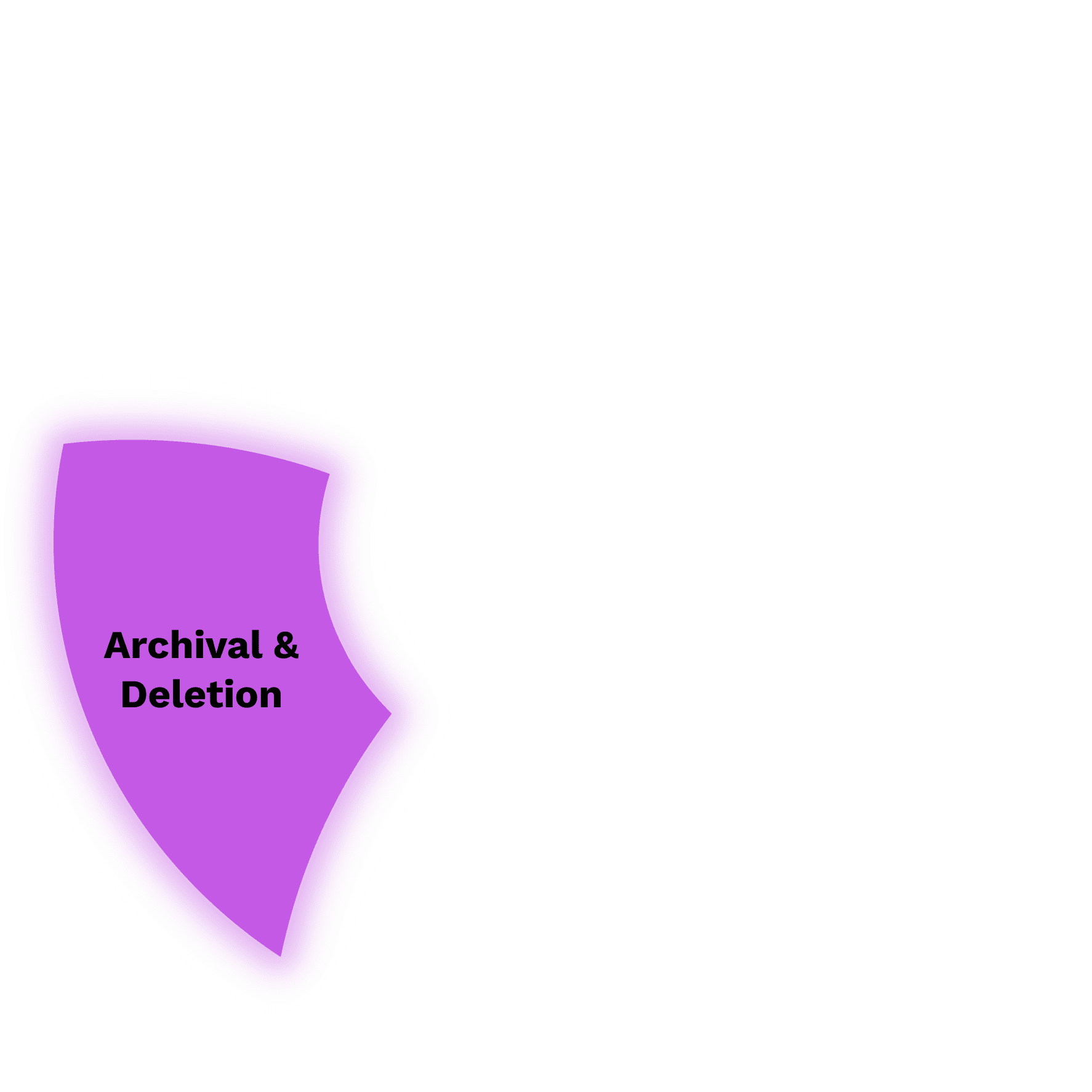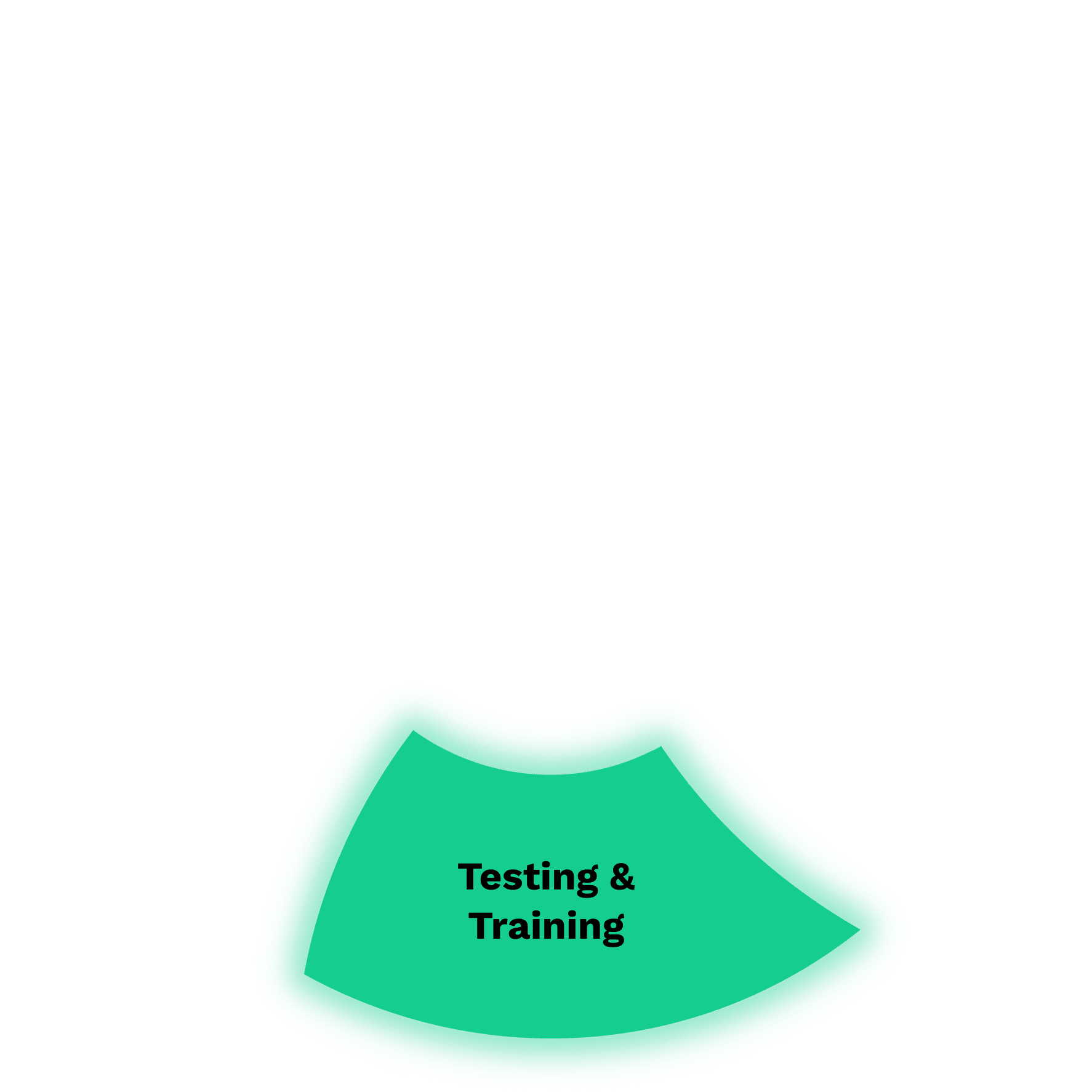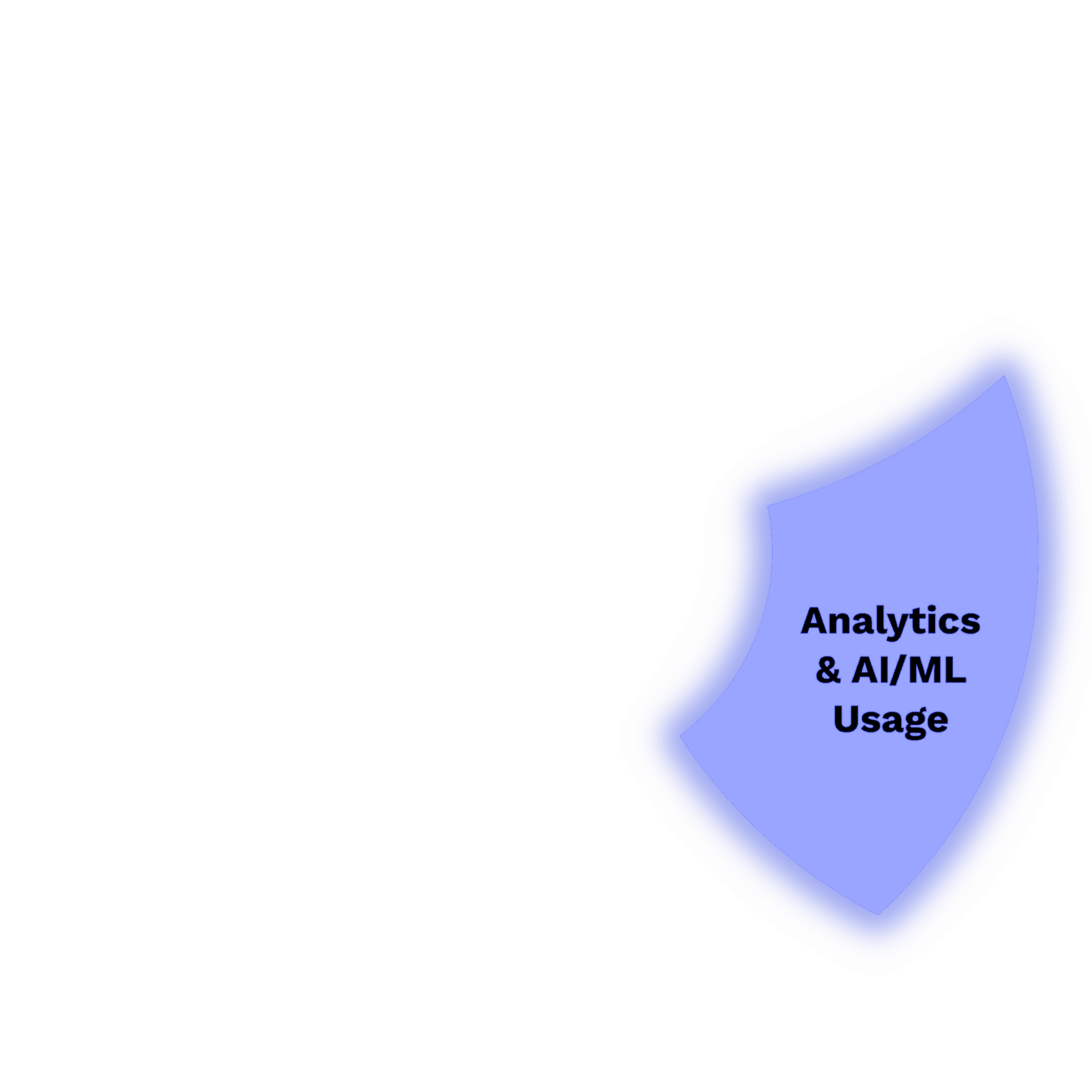whitepaper
GRAX Data Lake
Seamlessly replicate, manage, and query your Salesforce Parquet data lake
*Formerly History Stream
Overview
Drive single pane analytics from your built-in data lake
Request more infoBring Your Own Cloud



Customer 360 Data Lake
Add Salesforce data to your unified data lake to create a comprehensive view of your customer
Analytics Your Way
Analyze your cloud application data in your tool of choice
Same Day Data Availability
Continuous data replication and availability for any reporting, AI, BI tool
Salesforce Data Training Sets
Use Salesforce time-series data to train your algorithms
FEATURED
Product Videos
GRAX Salesforce Excel Connector
Learn how to integrate Salesforce data into Excel to generate reports, enhance data analysis and reporting capabilities.
GRAX Salesforce Tableau Connector
Discover how to integrate Salesforce data into Tableau using GRAX connector for advanced analytics and historical data analysis.
GRAX Salesforce Google Sheets Connector
Learn how to connect Salesforce with Google Sheets, enabling efficient data analysis and reporting.
Features
The highlights
Get the most value out of your Salesforce’s historical data by making it available anywhere.
Request a GRAX demo360° Customer Analytics
Add Salesforce data to your analytics, reports and dashboards
Lightning-Fast Queries
Advanced search capabilities to easily explore data from any point-in-time
Unlimited Data Replay
No additional Salesforce API calls required
Automated Schema Handling
Flexibly grab all your history without manual intervention
Maximize Data Reuse
Leverage your Parquet data lake anywhere you want
Train AI/ML with Salesforce Data
Add historical time-series data to your machine learning training sets
Geographic Compliance
Control where data is stored and how it’s accessed
Universally Accepted Format
Leverage Parquet data in any tool
24/7 Access
Continuous data replication with same-day data availability
Real Reviews, Real Results
See all reviewsFeatured Resources
WEBINAR
Reveal New Value from Salesforce Data
Maximize the potential of your Salesforce data by enhancing data ownership, access and protection.
WHITEPAPER
Reimagine Salesforce Data Access
Learn how GRAX delivers value from historical data, enabling secure and flexible data access.
REPORT
The Business Value of DataOps for Salesforce
Learn how DataOps improves data quality, speeds analytics, and drives Salesforce success.
GRAX Data Lake
Specifications
Supported Applications
Salesforce Sales Cloud
Salesforce Service Cloud
Salesforce Industry Clouds
Salesforce Government Cloud
Storage
AWS
Azure
GCP
Kubernetes
On-Prem
Required
GRAX Backup & Restore (Data Replication)
Deployment Model
GRAX Managed Deployment:
• Hassle-free and fast deployment (~10 minutes!) using certified AWS or Azure templates
Self-Managed*:
• Run GRAX anywhere – AWS, Azure, Kubernetes, GCP, other clouds, or on-prem using GRAX Binary and reference templates
*Visit our docs for more info about deployment options.
All GRAX Intelligence Product Videos
Talk to us
Experience the full features of GRAX Data Lake
Enter your details to meet with our team.
How it works
Control 100% of your Salesforce data’s Digital Chain of Custody
Take control and ownership of your Salesforce data backup, store it in your cloud, and never let it touch our systems. With GRAX, your data never leaves your environment(s).
See Why GRAX is UniqueCloud Environment
1. Deploy GRAX
Customize & deploy GRAX anywhere (AWS, Azure, GCP, Terraform, & more)
Salesforce
2. Protect Your Salesforce Data
Kick off continuous high-frequency Salesforce backups
DataOps & Analytics
3. Reuse your data
Make your Salesforce data available anywhere via your GRAX Data Lake or Data Lakehouse





Markets We Serve
Industry leaders and disruptors choose GRAX
Our customers reported: 10x operational overhead reduction, 70% pipeline acceleration, lower churn rate, and more.
Why GRAX?
Get More Value from Your Salesforce Data
The same tool that lets you backup and recover your Salesforce data is also the best way to capture, ingest and integrate that data into your DataOps ecosystem.
Stay ahead of the competitionCapture & Collect
Backup & Restore
Protection from data loss with automated backups and fast recovery tools.
- Continuous Backups (RPO)
- Single Record Restore
- Point-in Time Hierarchy Restore
- Delete Tracking
- High Trust – Immutable Storage
Store, Protect & Access
Time Machine
Navigate changes in your Salesforce data over time.
- Single Record Restore LWC
- Embedded GRAX UI in Salesforce
- Embedded LWC Data Viewer
Archival & Deletion
Data Archive
Reduce Salesforce storage costs & improve performance.
- Delete Tracking
- Right to be Forgotten (GDPR/ CCPA)
- Lifecycle & Retention Policies
- Data Purge
Testing & Training
Sandbox Seeding
Propagate data into sandboxes for realistic testing & innovation.
- Supports Developer, Developer Pro, Partial Copy, Full Sandboxes, Production instances, & scratch orgs
- Data Anonymization
Analytics & AI/ML Usage
GRAX Data Lake
Seamlessly replicate, manage, and query your Salesforce Parquet data lake
- All versions of history available in Parquet format
- Same Day Data Availability
- Unlimited Data Replay
- Automated Schema Handling
Analytics & AI/ML Usage
GRAX Data Lakehouse
The easy button for accelerating reporting, training, and acting on your Salesforce data
- One-Click Deploy Lakehouse
- Extensive Customer Intelligence
- Same Day Data Availability
- Unlimited Data Replay
- Automated Schema Handling
- Advanced API Access
- Agentic AI & Agentforce Ready
Analytics & AI/ML Usage
GRAX Insights
Protect org health by tracking what matters — deletes, changes, and trends
- On-Platform Dashboards & Reporting
- Visualize Trends
- Zero ETL
- Embedded Salesforce Admin Intelligence
